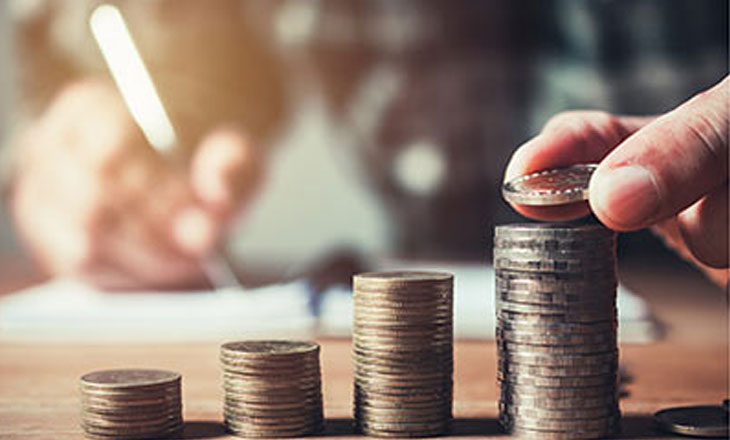Why You Should Open a High-Yield Savings Account This Year
By: iTHINK Financial | Jan 08, 2020

Americans are proving that they’re not setting aside savings as much as they should, with nearly 70% of Americans having less than $1,000 in savings. However, the good thing about saving is that it’s never too late to start. That’s why it’s time to advance your annual income and consider a high-interest savings account to start the new year on the right foot.
What Is a High-Yield Savings Account?
Unlike traditional savings accounts, a high-yield savings is known for just that—a high interest rate or annual percentage yield that helps you boost your savings by year’s end. This savings vehicle makes a great additional saving strategy to your existing financial portfolio or investments for a particular fund such as emergencies or vacations.
High-yield savings accounts typically pay 20-25 times the national average of a standard savings account and can range depending on the interest rates. This form of saving account can be opened at your current bank or credit union if everything aligns, but it may be smart to shop around for the top-paying institution before you’re locked in.
What to Look for in a High-Yield Savings Account?
Not every place offers the same APY percentage or charges the same fees when it comes to high-yield savings accounts. If you’re in the market for one, it’s best to browse around and compare options before making the investment. Here’s a few things to keep in mind when you’re comparing high-yield savings accounts:
Interest rate
Being the focal point of a high-yield savings account, the interest rate will determine how much you can accrue over a year’s time. For example, if your annual percentage yield (APY) is 1.5% and you deposited a total of $2,000 in your account over the span of a year, your year-end total would be $2,150. Compared to a traditional savings account rate of .01%, you could accumulate extra cash from high-yield savings accounts, simply by prioritizing savings.
Initial deposit and minimum balance
To get started on high interest savings, many banks and credit unions require an initial deposit. In addition, some also require a minimum balance moving forward. It’s important to consider both of these factors and whether you’re comfortable with setting aside this amount of money to keep your account away from fees or invalidated interest rates.
Fees
Fees can be incurred through various penalties on a high-yield savings account. Be sure to check with the bank or credit union that you open your account with to inform yourself of potential charges to your account. These fees could be caused by dropping below the minimum threshold or exceeding the limit of six withdrawals per month.
Accessing your money
If you’re looking to invest in a savings account, accessing your money shouldn’t fall first in priority. But if an emergency were to arise and you need to get your hands on the extra cash, you should consider the process to withdraw your funds. This is especially important if restrictions apply between your savings account and your primary bank. Research limitations on linked accounts and whether your bank has an app for easy access to your money.
Is a High Interest Savings Account Right for You?
Consider your financial standing—are you in a position to put aside extra money right now into a savings account? Do you have enough money in your account to confidently avoid fees and meet the minimum balance? Do you need immediate access to all of your money right now?
These are questions you should ask yourself before considering a savings account. A high-yield savings account can help accelerate your income and put your financial goals back on the forefront for the new year so you can feel confident in your saving strategy for 2020. Learn more about iTHINK Financial’s high-yield savings accounts and find out if it’s a right fit for you and your finances.




